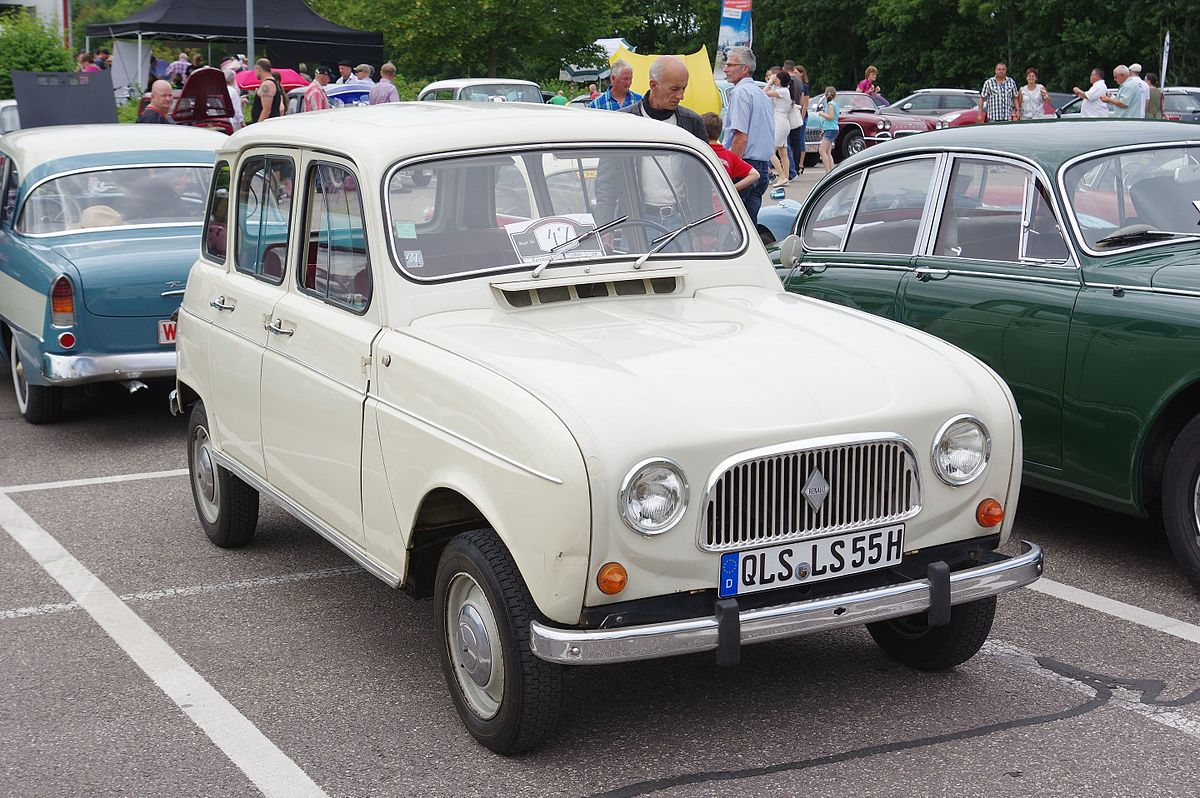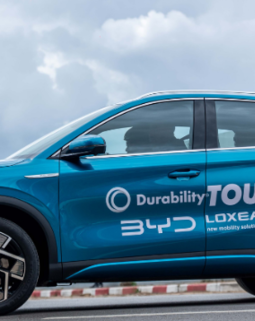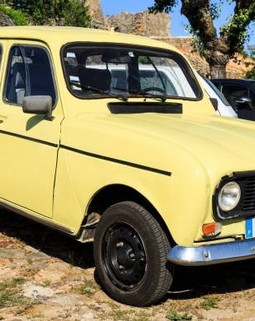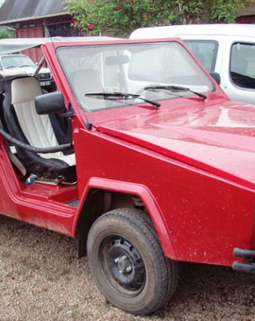Madagascar, an island nation off the southeastern coast of Africa, has become a haven for the iconic Renault 4L and other 2-horsepower vehicles. These cars, once relegated to scrap or legendary status in Europe, have found a new lease on life in Madagascar, where they serve as the most widely used models in public transportation, particularly in the capital city of Antananarivo and the interior regions of the country.
The Popularity of the Renault 4L in Madagascar
The Renault 4L, a compact car introduced in the early 1960s, has become a symbol of Malagasy culture and ingenuity. Despite its age, the 4L remains a practical and economical choice for many Malagasy citizens, thanks to its durability, ease of maintenance, and ability to navigate the island's challenging terrain.
Advantages of the Renault 4L
Elysée Rakotondrakolona, a mechanic specializing in the Renault 4L, extols the virtues of the vehicle, stating that it is better suited for Madagascar's roads than modern SUVs. He explains that if a 4L gets stuck in a ditch, it only takes three or four people to lift it out, and the car can traverse any road an SUV can.
Availability of Parts and Maintenance
While 4Ls no longer circulate abroad, spare parts are still available in Madagascar, both second-hand and new, although they can be expensive. Rakotondrakolona emphasizes the 4L's affordability in terms of maintenance and parts, making it an attractive option for those with limited financial resources.
The Renault 4L Assembly in Madagascar
The Renault 4L was once assembled in Madagascar until the 1980s by the Malagasy car manufacturing company. An anonymous mechanic who worked at the factory describes the assembly process, which takes approximately two weeks for the chassis and an additional week for the bodywork. Once the chassis and bodywork are complete, the engine, front axle, and rear axle are installed, and the car is refurbished to perfection.
The Renault 4L Club in Antananarivo
Since 2014, Antananarivo, the capital of Madagascar, has been home to a dedicated club of enthusiasts devoted to the Renault 4L, showcasing the enduring popularity and cultural significance of this iconic vehicle. Despite the passage of time, the Renault 4L continues to captivate hearts and minds, serving as a symbol of nostalgia and heritage for many Malagasy residents. The establishment of this club underscores the deep-rooted connection between the people of Madagascar and the Renault 4L, highlighting its enduring appeal and cherished place in the country's automotive culture. Through gatherings, events, and shared experiences, members of the club celebrate their passion for this beloved car, fostering a vibrant community of enthusiasts united by their love for the Renault 4L.
Conclusion
The Renault 4L has found a unique and enduring place in Malagasy society, serving as a practical and economical mode of transportation while also becoming a symbol of the island's ingenuity and resourcefulness. As the 4L continues to navigate the streets and tracks of Madagascar, it stands as a testament to the resilience and adaptability of this classic car.





